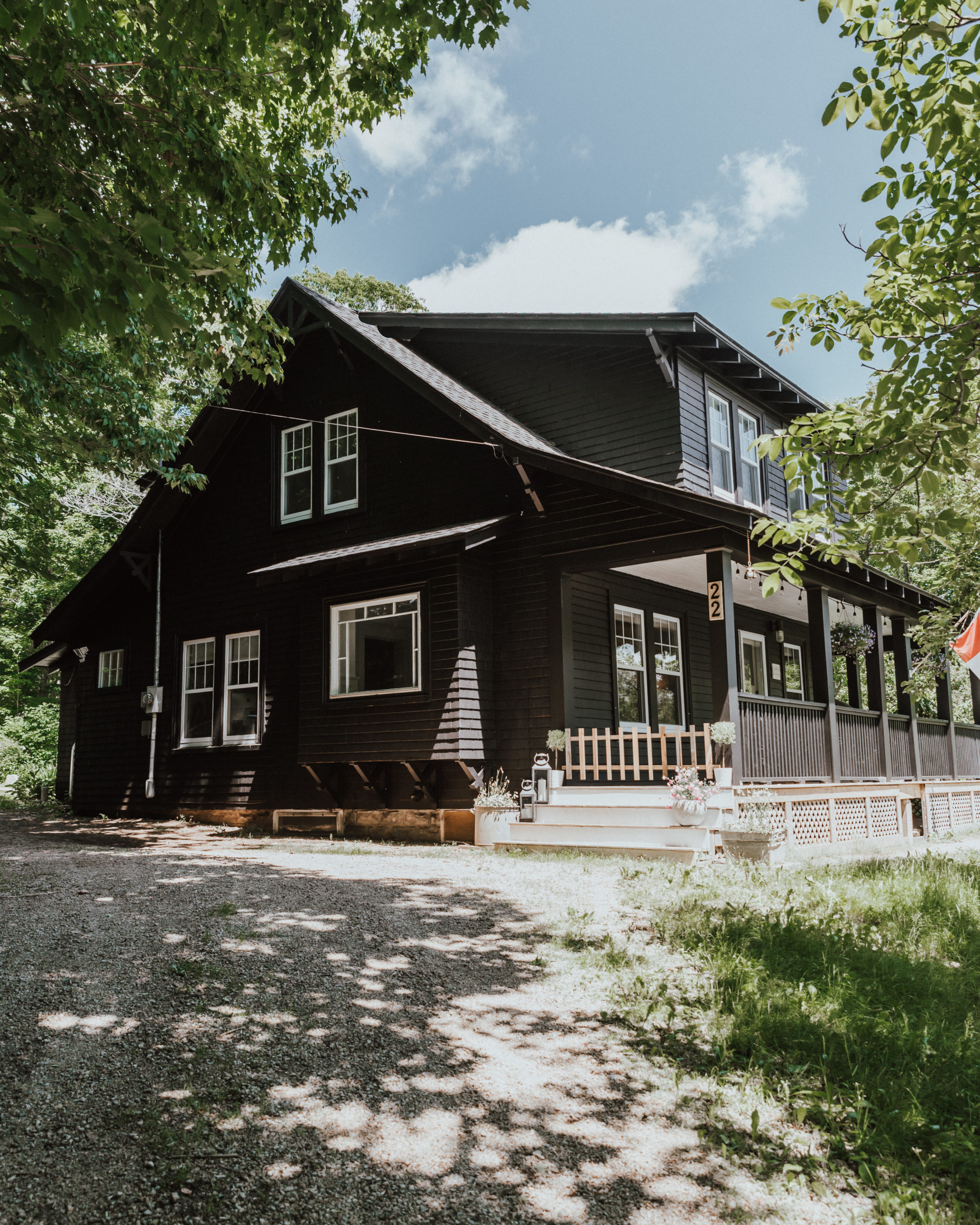
Introduction
Transforming the exterior of your home with a fresh coat of paint is a rewarding DIY project that can enhance curb appeal and protect your property. In this article, we’ll guide you through the process of repainting your home’s exterior yourself, providing tips and steps to achieve a professional-looking finish.
Assessing the Condition of Your Home’s Exterior
Before diving into the painting process, assess the current condition of your home’s exterior. Look for any peeling or chipped paint, cracks, or areas that may need repair. Addressing these issues beforehand ensures a smooth and long-lasting paint job.
Choosing the Right Exterior Paint
Selecting the right paint is crucial for a successful exterior painting project. Choose a high-quality exterior paint that is durable and weather-resistant. Consider factors such as the climate in your region, as different paints are formulated to withstand specific weather conditions.
Gathering the Necessary Tools and Materials
To repaint your home’s exterior, gather the necessary tools and materials. This may include paintbrushes, rollers, painter’s tape, drop cloths, a ladder, and a power washer for cleaning the surfaces. Having all the required items ready will streamline the painting process.
Cleaning and Preparing the Surfaces
Proper preparation is key to a successful paint job. Clean the exterior surfaces thoroughly using a power washer to remove dirt, grime, and any loose paint. Allow the surfaces to dry completely before proceeding. If there are any areas with mildew, use a mildew-resistant cleaner to address the issue.
Scraping and Sanding for Smooth Surfaces
After cleaning, inspect the surfaces for any remaining loose or peeling paint. Use a scraper to remove these areas and sand the surfaces to create a smooth and even texture. This step ensures that the new paint adheres properly and provides a uniform finish.
Repairing and Patching
Address any cracks, holes, or damaged areas on the exterior surfaces. Fill these imperfections with an appropriate exterior patching compound or wood filler. Once the filler is dry, sand the patched areas to achieve a seamless blend with the surrounding surfaces.
Applying Primer for Adhesion
Priming is essential for promoting adhesion and ensuring the longevity of the paint job. Apply a high-quality exterior primer to the entire surface or just to the patched and repaired areas, depending on the condition of your home’s exterior. Allow the primer to dry thoroughly before proceeding to the next step.
Choosing the Right Painting Conditions
Selecting the right weather conditions for painting is crucial. Ideally, choose a day with mild temperatures, low humidity, and minimal wind. Avoid painting in direct sunlight, as this can cause the paint to dry too quickly, leading to uneven application.
Applying the Exterior Paint
Once the surfaces are prepped and primed, it’s time to apply the exterior paint. Use a high-quality paintbrush for detailed areas and a roller for larger surfaces. Apply the paint evenly, working in sections and overlapping strokes to avoid streaks. Be patient and allow each coat to dry before applying additional coats.
Taking Safety Precautions
While painting your home’s exterior can be a gratifying DIY project, safety should always be a priority. Use a sturdy ladder placed on stable ground, wear appropriate safety gear including goggles and gloves, and take necessary precautions to avoid falls or injuries.
Conclusion
Repainting the exterior of your home yourself is a rewarding endeavor that can significantly enhance its appearance and protection. By following these steps and tips, you can achieve a professional-looking finish that adds value to your property. For more information on DIY home improvement projects and related topics, visit FundYourPurpose.org.










